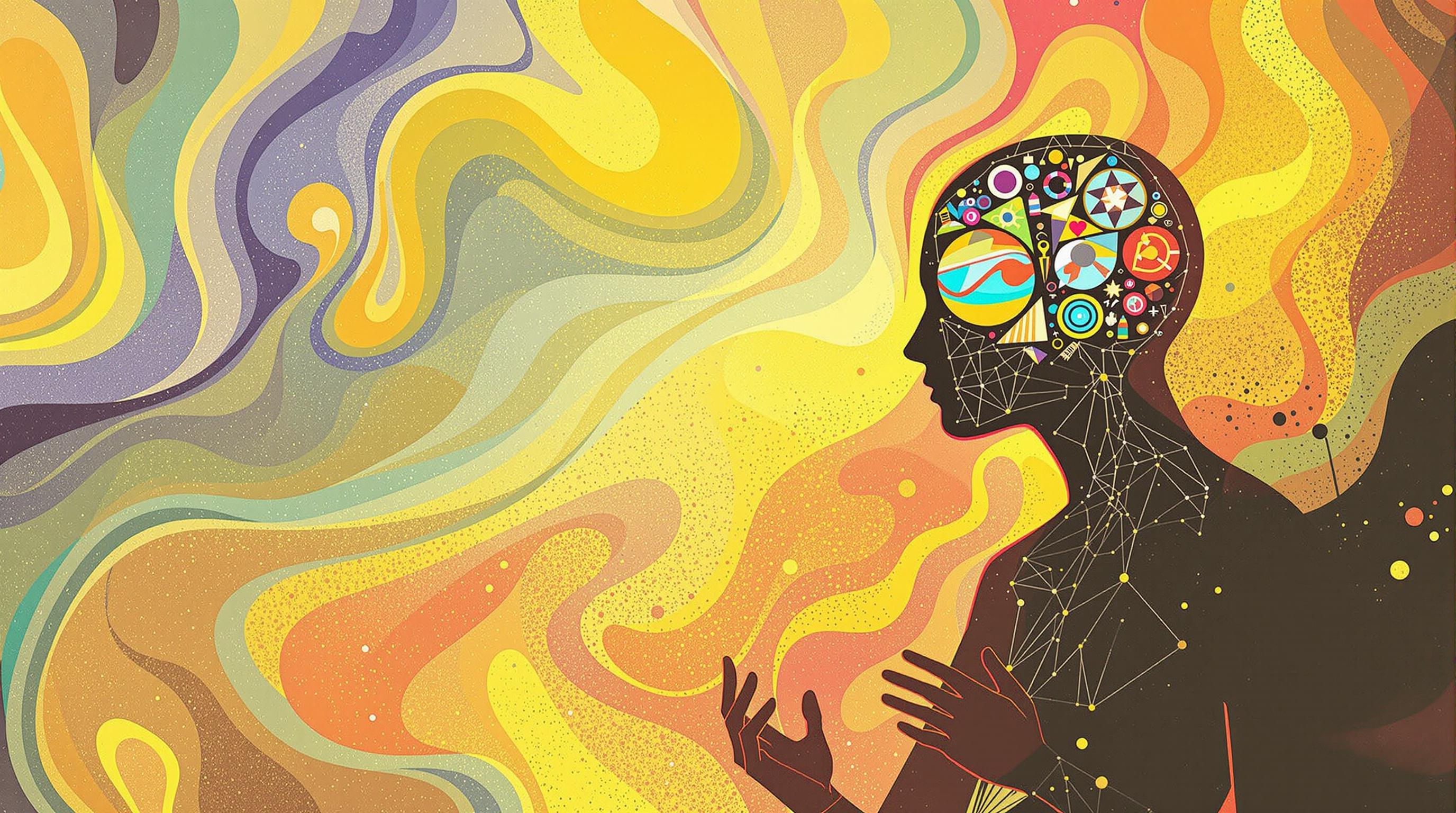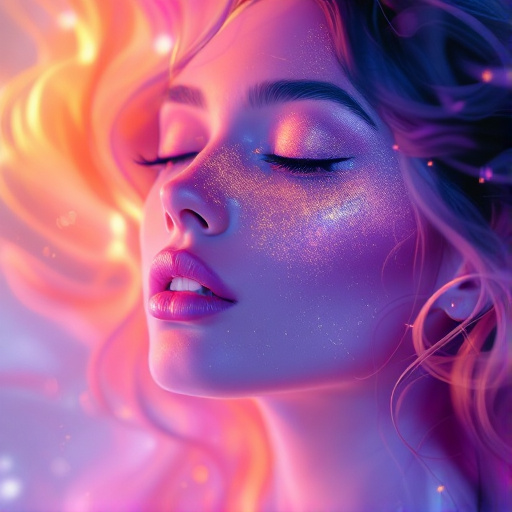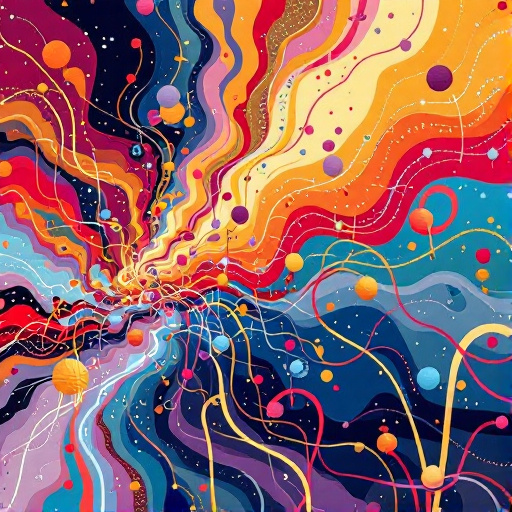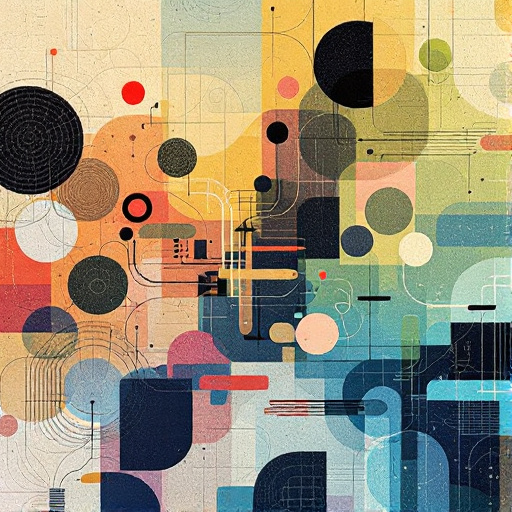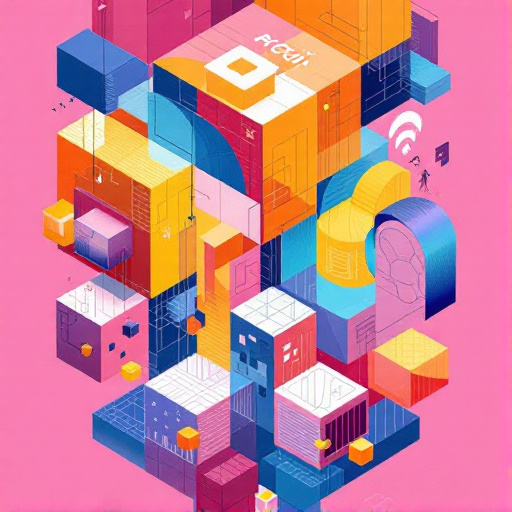Featured Articles
- 9 Surprising Psychological Triggers Hidden in Beautiful Web Design That Captivate Visitors Instantly
- Exploring the Art of Balance: Minimalism vs. Maximalism in Beautiful Web Design Unleashed
- From Chaos to Calm: Exploring the Allure of Randomized Layouts in Beautiful Web Design
- Reviving Retro: How Nostalgic Design Elements Are Transforming Modern Web Aesthetics
- The Aesthetics of Code: How Beautiful Web Design Can Influence Emotional User Experiences
When Minimalism Meets Maximalism: The Intriguing Dance of Opposite Aesthetics in Web Design
When Minimalism Meets Maximalism: The Intriguing Dance of Opposite Aesthetics in Web Design
In the dynamic world of web design, the juxtaposition of minimalism and maximalism creates a captivating landscape that influences user experience and brand identity. This article delves into the strengths and weaknesses of both aesthetics, exploring case studies, statistics, and the evolving nature of design preferences across diverse demographics.
The Rise of Minimalism
Minimalism became a dominant force in web design during the late 2000s, fueled by the need for fast-loading pages and streamlined user experiences. According to a report by the Nielsen Norman Group, users’ attention spans have drastically shortened, with only about 8 seconds to capture their interest—less than a goldfish! This pressing need for clarity and efficiency solidified minimalism’s appeal.
Famous Examples of Minimalism
Brands such as Apple and Google are paragons of minimalist design. Their websites feature clean lines, ample white space, and a focus on essential content. For instance, Apple's homepage elegantly highlights products with striking imagery while removing unnecessary distractions, resulting in an engaging user experience that showcases their sophisticated brand identity.
The Appeal of Maximalism
On the flip side, we have maximalism, which embraces exuberance and complexity. Born from a desire to break free from the confines of minimalism, maximalist web designs often incorporate vibrant colors, intricate patterns, and an overload of information. A study from Adobe suggests that 38% of users will stop engaging with a website if the content is unattractive or if its layout is confusing. Ironically, for some brands, an intricate design can signal luxury and authenticity—think of vintage or artisanal products that thrive on elaborate storytelling and visual richness.
Case Study: The Success of Maximalist Brands
One can look at brands like Gucci and Versace, which utilize maximalist designs within their websites to reflect their extravagant personalities. While visiting Gucci’s website, users are greeted with bold graphics, layered textures, and a plethora of color palettes that evoke an immediate sense of allure. Such strategically chaotic aesthetics work to attract a specific clientele who revels in opulence and signifies exclusivity.
The Dance of Contrasts
As we delve deeper into the fascinating interplay between these two aesthetics, it's essential to recognize the emergence of hybrid designs. It's where the minimalism-meets-maximalism concept comes into play, creating a dance that balances simplicity with flamboyance. A designer's ability to know when to restrain a design or when to unleash its full visual potential can lead to compelling user experiences that connect with diverse audiences.
Statistics and Trends
Recent statistics from HubSpot indicate that 65% of consumers are influenced more by visual information than textual messaging. The implications here suggest that moving toward a hybrid design may be crucial for brands seeking to capture the contemporary consumer's attention. Furthermore, as mobile browsing surpasses desktop use, the need for adaptive design that can harmonize elements of both minimalism and maximalism becomes even more imperative.
When Minimalism Compliments Maximalism
Consider the renowned website of National Geographic. It encapsulates a minimalist structure, yet the vibrant photography and storytelling create an immersive experience that feels expansive and rich. Here, the minimal navigation allows the maximalist content to shine, drawing users into compelling narratives that reflect the brand's mission.
A Personal Perspective
As an 18-year-old budding web designer with a passion for art, the contrast between these two aesthetics fascinates me. I often find myself oscillating between the clean lines of minimalism and the dramatic flair of maximalism, feeling inspired by both worlds. To me, the challenge lies in striking the right balance—a dance that honors both simplicity and complexity without alienating the user.
Audience Engagement: Tailoring Content
Understanding the target audience is vital for striking this balance. A typical teenage audience might resonate more with the vibrant and visually heavy aspects of maximalism, while older users might appreciate the clarity and focus of minimalism. Tailoring designs to appeal to different demographics can maximize reach and engagement. For example, a clothing retailer targeting Gen Z could adopt a maximalist approach filled with bold graphics and energetic colors, while a financial consulting firm would benefit from a minimalist layout that projects professionalism and reliability.
Maximalism as a Reflection of Culture
Cultural shifts often spark interest in certain design philosophies. As we move further into an era shaped by digital storytelling, maximalism reflects a desire for connection and narrative. Millennials and Gen Z crave authentic experiences, often gravitating towards designs brimming with visual storytelling rather than stark aesthetics that may feel sterile.
How to Implement the Dance in Your Design
For aspiring designers, the task of melding minimalism with maximalism requires a thoughtful, iterative process. Start with a strong foundation of minimalist principles. From there, consider where bursts of color, graphic embellishments, and intricate details can be introduced without overwhelming the user experience. The key is balance—too much chaos in design can confuse and alienate users, while excessive restraint can stifle engagement.
Interactive Design Elements
Incorporating interactive design elements can also help bridge the gap between both aesthetics. Think animations or hover effects that introduce complexity in an otherwise minimal layout; they add depth without compromising clean aesthetics. According to a study by the Interaction Design Foundation, 47% of users expect web applications to be visually appealing, reinforcing the idea that aesthetics play a crucial role in user satisfaction.
The Future of Web Design: A Spectrum
As technology and user expectations evolve, web design will likely continue to reflect the intricate dance between minimalism and maximalism. Emerging trends like augmented reality (AR) and immersive storytelling will allow Designers to create even more complex experiences while finding inspiration in both philosophies. Brands that embrace this multifaceted approach will likely see increased engagement and customer loyalty.
Final Thoughts
Capturing the essence of both minimalism and maximalism in web design is no small feat, but it's a worthwhile endeavor. Balancing simplicity with flair can create a dynamic user experience that resonates on various levels. Whether you're a 16-year-old exploring the world of design or a 70-year-old expert looking to engage a diverse range of audiences, understanding the power of both aesthetics is key to crafting captivating digital spaces.
Some Humor to Lighten the Mood
After all, if minimalism and maximalism were to throw a party together, you’d probably find minimalism fussing over the messy dishes while maximalism dances on the coffee table. And let's face it; it’s entertaining to see how each style invites us to appreciate beauty in its own way. Committing to this balance allows designers to embrace a spectrum of creative possibilities where everyone can find their rhythm.
